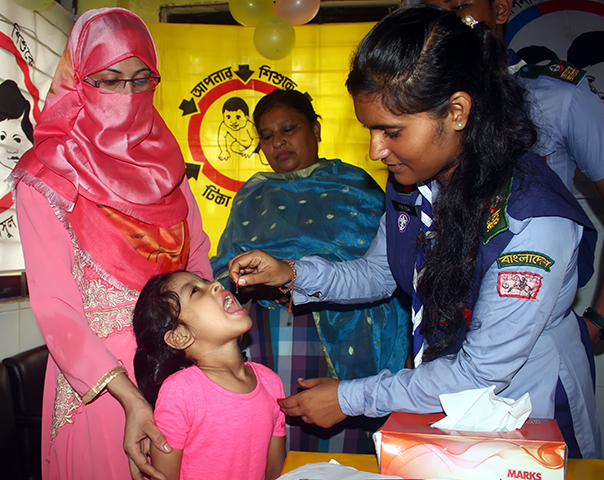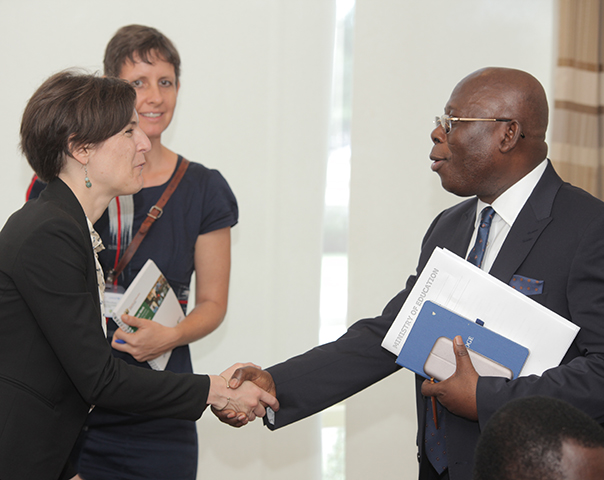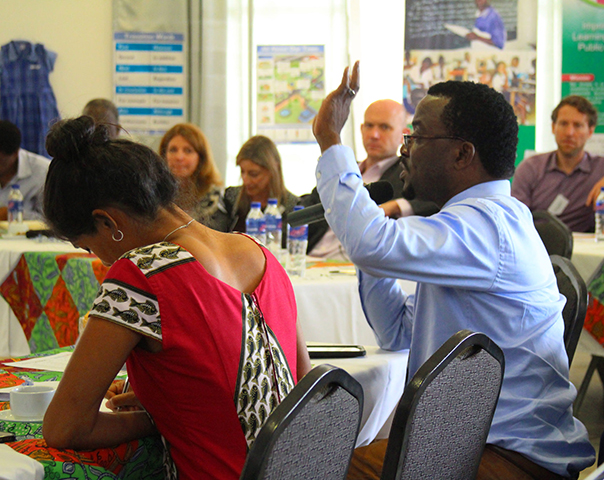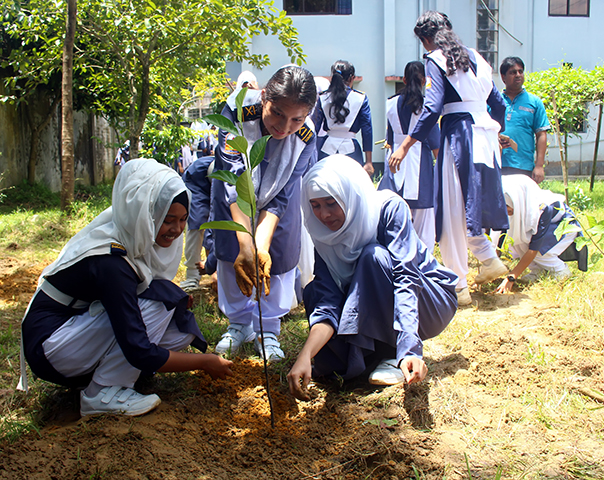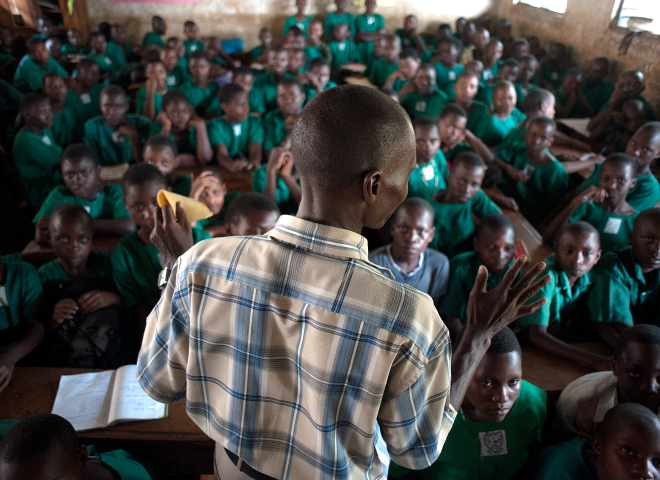Field Experiments from other disciplines: Crime "aftershocks"
Borrowing from seismology, researchers are using models of aftershocks to predict future crimes based on the time and location of recent crimes.
From New Scientist:
On average the program predicted the location and time of 25 per cent of actual burglaries that occurred on any particular day in an area of Los Angeles in 2004 and 2005, using just the data on burglaries that had occurred before that day. Now the program is undergoing its first field test in Santa Cruz. Every day it flags up 10 areas, each 150 metres square, for each of three types of crime - residential burglary, auto burglary and auto theft. Clark updates the program each night with new data and calculates the location probabilities for the next day.
Mohler and his colleagues will conduct a controlled experiment with the Los Angeles police department later this year. Officers will run the prediction algorithms as they do in Santa Cruz, but patrol only half of the locations it flags. They will then compare crime levels in the two groups.
No information about the research design on the project page. I'd be worried about spillovers if they stick with the 150 meter cluster size for the LA experiment: I doubt criminals stick to such small territories, so if one gets arrested in a treatment cell it might well reduce crime in control areas as well.





